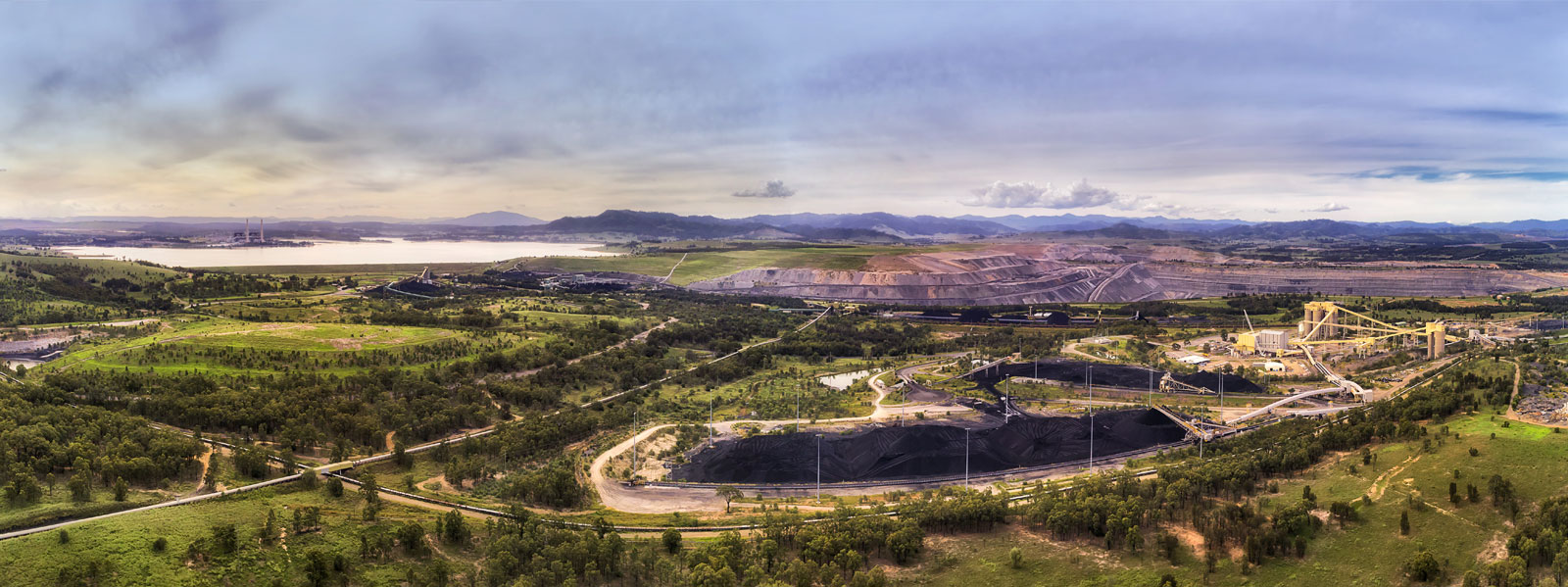The circular economy and mining – myths and opportunities

Rethinking how we extract minerals and metals could have a profound impact on how our industry contributes to our economies and communities. This article explores the concept of the circular economy and dispels myths about how real change can be achieved.
Quite often, the topic of mining is the proverbial ‘elephant in the room’ when discussing the transition from the linear to the circular economy.
Although classified as an extractive industry, mining and its resulting primary natural resource outputs could equally be classified as a development industry. Arguably, no group of elements have had more impact on the development of our societies than metals.
However, how we mine and manage the stocks and flows of metals and minerals in the economy is currently linear. This needs to change. And it starts with the way we think.
This linearity is not a challenge for mining companies alone. Rather, it is an opportunity that requires a systemic response from governments, miners, refiners, manufacturers and consumers to deliberately create circular material flows and – importantly – circulate the value.
The word ‘deliberately’ is key; metals are recovered and recycled today but there is no systemic intention for this to be the case from the point of extraction. If metals are infinitely recoverable and valuable then why don't we treat them as such? The answer, linear thinking and operating.
A linear economy is structured to ‘take, make and waste’. This means raw materials are extracted, and then transformed into products that are used until they are discarded as waste. In this economic system, value is created by producing and selling as much metal, material or product as possible.
The linear economy is driven by supply chains – not supply loops – with each actor driven by profit at all costs.
If the linear economic model continues, the world will approach a tipping point where it will lose the capacity to sustain itself. According to World Business Council for Sustainable Development (WBCSD), ‘the total demand for resources is expected to reach 130 billion tons by 2050, up from 50 billion in 2014…an overuse of the Earth’s total capacity by more than 400%’ (WBCSD, 2017). It is also estimated that globally only nine per cent of all raw materials are reused after their first use (Circularity Gap Reporting Initiative, 2020).
In contrast to the linear economy, the circular economy is an economic model that is restorative and regenerative by design. It is underpinned by three key principles:
- design out waste and pollution
- keep products and materials at their highest value for as long as possible
- regenerate natural systems.
To support a deeper understanding of the circular economy, let’s dispel a few of the common circular economy myths:
Myth 1: It’s all about better waste management
The circular economy focuses on upstream innovation, not better waste management. Waste is eliminated through better design, rather than developing novel ways to utilise waste that has already been created. There is a clear distinction between designing from waste and designing out waste – if you manage inputs, you manage outputs.
Myth 2: It’s only about recycling more
The focus of a circular economy is on maintaining products, components and materials at their highest possible value for the longest possible time. This can be achieved through reuse, repair, refurbishment and remanufacturing strategies. Recycling is part of the circular economy, but it represents the ‘loop of last resort’ when other options for products and materials are no longer available. Say it with me, folks – recycling is not the answer.
Myth 3: Efficiency is the answer
Traditional sustainability efforts have focused on efficiency tactics – reducing the amount of material and energy used in production processes and aiming to lower environmental impacts. A strategy focused on reducing the negative impacts of our activities – or making them more efficient – can only go so far. We need to ensure systems are effective, not just efficient. Remember: it’s not about doing less bad but rather more good.
Myth 4: It’s just a fancy word for sustainability
The circular economy is a fundamentally different vision for the economy that is in direct opposition to the incumbent take-make-waste linear model. It focuses on industry-led transformation and systems-level change – drawing inspiration from nature – rather than individual action or guilt. It is about designing differently from the outset, rather than mitigating and reducing the impacts of something that has already been created.
Today's linear economy can be considered degenerative, essentially ‘taking more than it gives.’ Many people’s antidote to this is to pursue sustainability measures which essentially seek to ‘take equal to what it gives’. However, sustainability is no longer enough. The circular economy seeks to be regenerative ‘giving more than it takes’ while also delivering sound economic value.
Myth 5: Discussions around the circular economy are separate from broader sustainability discussions
The circular economy is inextricably linked to environmental sustainability and achieving the goals of the Paris Climate Agreement. Transitioning to renewable energy and implementing energy efficiency measures can address 55 per cent of global greenhouse gas emissions.
To tackle the remaining 45 per cent we need to apply the circular economy principles to how we produce and consume steel, aluminium, food and plastic, and how we regenerate arable land (Ellen MacArthur Foundation, 2019). To address how we produce and consume products and materials we need to manage the stock and flows of materials collaboratively along value chains, because after all, to create a circular economy you can’t do it all and you can’t do it alone.
Conclusion
The transition from the linear to the circular economy is systemic and requires systemic thinking and action. In my experience as the CEO of Coreo the transition will require:
- ingenuity – spending time figuring out right the questions to ask rather than time trying to find the answer
- innovation – embracing innovative approaches not only in technology but in business models,
- bravery – opportunities for transformative change are abundant if you're brave enough to step into the circle.
To learn how organisations from the mining and metals sector are approaching the circular economy, please check out ‘Mining for Circularity’ an event that Coreo co-hosted as part of the World Circular Economy Forum 2020: https://circulareconomyleaders.ca/mining-for-circularity/.
About the author
As CEO of Coreo, Ashleigh Morris is bold in her pursuit of systemic change.
Acknowledged as a future leader, Ashleigh was recently awarded as a global Top 100 Corporate Social Responsibility Influential Leader for 2020, is a Prime Ministers Scholar, an Australian ASEAN Emerging Leader, an invitee to the 73rd United Nations General Assembly and an Ellen MacArthur Foundation Circular Economy Champion, a title granted to only a handful of people worldwide.
About Coreo
Coreo is a globally recognised and award-winning company that advises and guides industry and government through their circular economy aspirations at both a strategic and operational level. Coreo has worked with Rio Tinto, BHP and Anglo American on their circular economy aspirations and most recently co-organised the World Circular Economy Forum event Mining for Circularity with the Candanian Government and the Circular Economy Leadership Coalition.
References
- Circularity Gap Reporting Initiative, 2020. ‘The Global Circularity Gap Report’ [online].
- Ellen MacArthur Foundation, 2019. ‘Completing the picture: How the circular economy tackles climate change’ [online].
- World Bank Group report, "Minerals for Climate Action: "The Mineral Intensity of the Clean Energy Transition” [online].
- World Business Council for Sustainable Development, 2017. ‘CEO Guide to the Circular Economy’ [online].
